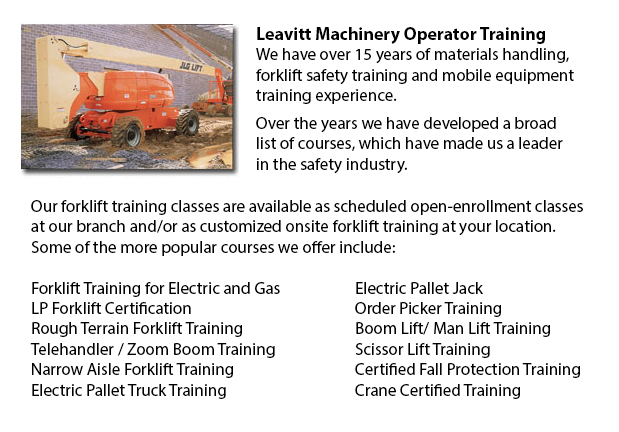
Aerial Boom Lift Ticket Avondale - Aerial hoists might be used to accomplish many different duties executed in hard to reach aerial places. Many of the duties associated with this kind of jack include performing daily upkeep on buildings with high ceilings, repairing phone and power cables, lifting burdensome shelving units, and trimming tree branches. A ladder could also be utilized for some of the aforementioned jobs, although aerial platform lifts provide more safety and stability when correctly used.
There are several versions of aerial lifts existing on the market depending on what the task required involves. Painters often use scissor aerial jacks for instance, which are grouped as mobile scaffolding, of use in painting trim and reaching the 2nd story and above on buildings. The scissor aerial hoists use criss-cross braces to stretch and extend upwards. There is a table attached to the top of the braces that rises simultaneously as the criss-cross braces lift.
Cherry pickers and bucket lift trucks are another type of the aerial hoist. Typically, they contain a bucket at the end of a long arm and as the arm unfolds, the attached bucket platform rises. Forklifts utilize a pronged arm that rises upwards as the handle is moved. Boom hoists have a hydraulic arm which extends outward and lifts the platform. Every one of these aerial lifts have need of special training to operate.
Training programs presented through Occupational Safety & Health Association, known also as OSHA, cover safety steps, machine operation, upkeep and inspection and device weight capacities. Successful completion of these training courses earns a special certified license. Only properly qualified people who have OSHA operating licenses should operate aerial platform lifts. The Occupational Safety & Health Organization has developed rules to uphold safety and prevent injury when using aerial platform lifts. Common sense rules such as not using this apparatus to give rides and making sure all tires on aerial lift trucks are braced in order to prevent machine tipping are observed within the guidelines.
Unfortunately, figures reveal that more than 20 aerial hoist operators die each year when operating and nearly ten percent of those are commercial painters. The majority of these mishaps were triggered by improper tie bracing, for that reason some of these may well have been prevented. Operators should make certain that all wheels are locked and braces as a critical safety precaution to stop the device from toppling over.
Marking the neighbouring area with visible markers need to be used to protect would-be passers-by so they do not come near the lift. What's more, markings should be set at about 10 feet of clearance amid any power cables and the aerial lift. Lift operators should at all times be properly harnessed to the lift when up in the air.
-
Forklift Certification Courses Avondale
Forklift Certification Courses Avondale - Forklift certification courses really help to be able to make sure that companies using forklifts, follow the local and regional rules. The drivers of the forklift need to go through forklift certification pr... More -
Manlift Certification Avondale
Manlift Certification Avondale - The Elevated Platforms and Manlifts Certification course helps to provide the required training on the work practices, safe operating procedures, rules and regulations regarding the daily activities for the operators... More -
Manlift Operator Training Avondale
Manlift Operator Training Avondale - The aerial lift or manlift is a specialized type of hydraulic platform that is intended to hoist a person vertically giving it an alternate name of a vertical personnel lift. These machinery are widely used for a... More -
Telescopic Training Avondale
Telescopic Training Avondale - Telescopic Handlers are a type of forklift, normally called telehandlers. This machine has been increasing in popularity because of its greater lift heights and its versatility. It is often preferred over the convention... More -
Heavy Equipment Training Avondale
Heavy Equipment Training Avondale - The two most common types of heavy equipment training are classed into the categories of equipment; equipment that is fashioned with rubber tires or those with tracks. The tracked vehicle are heavy duty equipment l... More -
Aerial Lift Train the Trainer Avondale
Aerial Lift Train the Trainer Avondale - The Aerial Lifts Train the Trainer Certification Program would teach trainers how to efficiently train operators in safe industrial mobile equipment operation. Trainers are provided with in-depth instruction a... More -
Overhead Crane Safety Training Avondale
Overhead Crane Safety Training Avondale - The overhead crane safety training program is meant to equip the operators with the right knowledge and skills in the areas of: crane safety measures, accident avoidance, materials handling, and stock and equ... More -
Heavy Equipment Training Schools Avondale
Heavy Equipment Training Schools Avondale - When choosing an operator training course, there are numerous heavy equipment training schools to select from. In order to ascertain the qualifications you would attain, it is very important to check some a... More

Forklift Training Avondale
TOLL FREE: 1-888-254-6157
Avondale, Arizona
forkliftcertificationavondale.com
Email Us
About Us


